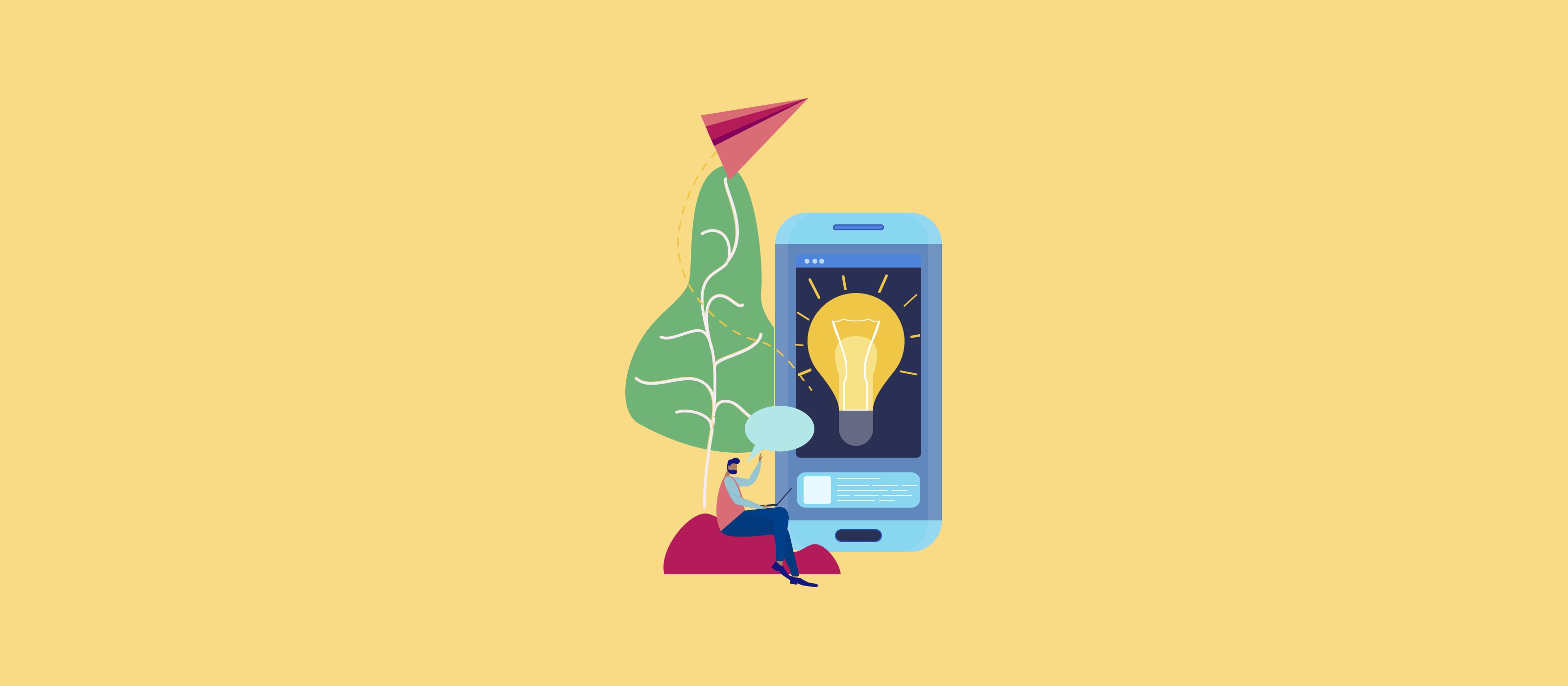When it comes to attracting, delighting and retaining customers, user experience design is often at the heart of your success. Improving the usability of your app, website or product, means your end-user will be able to navigate and achieve exactly what you intended them to. This is often perfected through user testing, a method long proven to test and improve ux design - and now made simpler with remote usability testing tools.
In this article, we’ll run through the details of what usability testing tools are, how they help the research process and what functionality to look for.
What are remote usability testing tools?
Putting your product, website or app in front of your users means you can get invaluable feedback on its usability. Is it working the way it should? Can they navigate it easily? Can they achieve core goals? Getting this type of feedback before you go into building the app (using prototypes) is 30 times cheaper than leaving it until after you build.
The right user testing software can put low-fi or hi-fi prototypes in front of your users, recording their interactions, reactions and body language using heatmaps, audio visual recording and goal tracking.
There are several user testing methods you can put into practice, and user testing tools will only help you access and track feedback faster, easier and more efficiently.
With this kind of functionality, running cost-effective remote user testing is made easy. Saving you time, costs and enabling you to reach users wherever they are in the world.
How can remote usability testing tools help your research process?
Just a few ways introducing the right user testing software can help your team:
- Easily utilise prototypes for testing: Whether you want to test early wireframes or high-fidelity designs, make them interactive to test with users so you can examine the user journey. Using prototypes to user test can help you reduce development costs by up to 30 times - it’s better than the real thing!
- Consolidate tools: Save your team time and hassle jumping between tools during the research process. With the right user testing software you avoid setting up one tool for running the test, another for recording everything and another for analytics. Simplify the whole process by keeping it all in one place.
- Reach a global audience: User testing tools make remote testing not only possible, but seamless. There’s no need for a physical research space for user testing as some tools enable you to share prototypes through a single URL. Opening up the audience you can reach, to all corners of the earth.
What functionality should you look for in a user testing tool?

Here are some core questions to ask yourself when looking into a user testing solution for your team.
Can you track goals?
Creating goals for your tests is crucial. Before diving into user research, it’s essential to create a test plan where you consider the objective of the test and what tasks you’ll set. Whether it’s that you want a user to reach a specific screen or you want them to complete an action like purchasing an item and so on - ensure the user testing tool you choose supports this.
Can you record audio?
In order to get the most insightful data possible when carrying out user research, it’s important to ensure the user can be heard loud and clear. With your usability testing tool, you need to not only hear what the user is saying throughout the test but also have the recording to hand. This will make sure you don’t miss out on any verbal cues that express confusion or delight and also means you won't miss out or second guess on any feedback you receive.
Can you see how they’ve interacted with the prototype?
Whether you’re testing for mobile or desktop, you’ll need to be recording where the user clicks, taps, scrolls, and everything in between. Understanding how the user is trying to navigate the product vs how they can actually navigate it is key to mapping a user journey that works for users and gets them where they need to be.
Can you pick up on their body language?
Half of what we say isn’t communicated through speech. During user research, reading the participant's body language is another core channel that can be observed and recorded to contribute to more varied and more reliable feedback. Whether it’s a raise of the eyebrows, a scratch of the chin, or a frustrated shrug - you don’t want to miss it.
What next?
You’re on the right lines reading articles like these, however, you’re now probably getting to the point where you’re ready to compare remote usability testing tools, see them in action or explore pricing.
At Marvel, we’ve created our own solution for design teams carrying out user research, unifying prototyping, and user testing. With our tool, you can send tests to users with a single URL and record audio, visual and analytical data.
We've also launched Ballpark where anyone on your team can use task driven questions to help understand your customers. Making research more accessible and scaleable.
